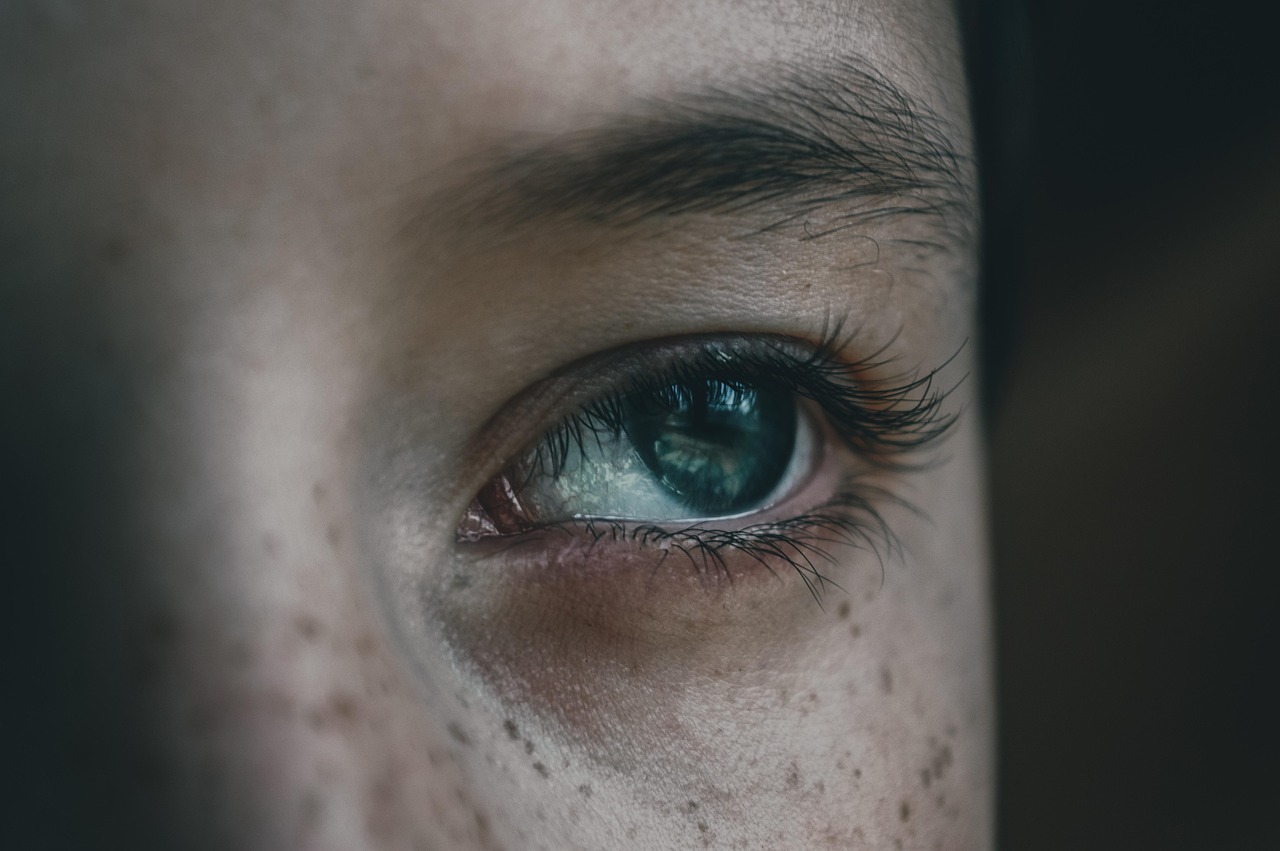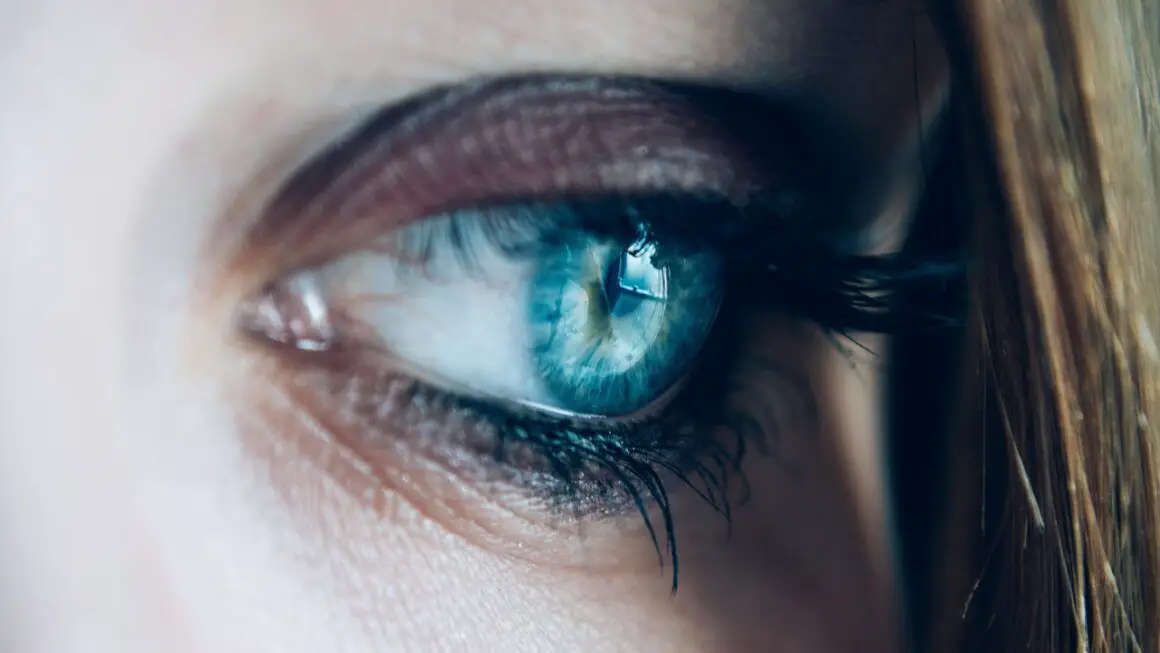Do your eyes feel like sandpaper, scratchy, or constantly irritated? You might be experiencing dry eye, a common condition affecting millions worldwide. From blurred vision to light sensitivity, the symptoms can significantly impact your daily life. But don’t worry, understanding the causes, symptoms, and treatments can help you find relief and maintain healthy vision. This comprehensive guide will delve into everything you need to know about dry eyes, offering practical advice and solutions to help you manage this uncomfortable condition.
Understanding Dry Eyes
What is Dry Eye?
Dry eye disease (DED), also known as dry eye syndrome, occurs when your eyes don’t produce enough tears or when the tears are of poor quality. Tears are essential for lubricating the eye surface, washing away debris, and providing nutrients to the cornea. When this tear film is compromised, it leads to discomfort and potential vision problems. The tear film comprises three layers:
- Oil (Lipid) Layer: The outermost layer, produced by the meibomian glands, prevents tear evaporation.
- Water (Aqueous) Layer: The middle layer, produced by the lacrimal glands, hydrates the eye and contains nutrients.
- Mucus (Mucin) Layer: The innermost layer, produced by goblet cells, helps the tears spread evenly across the eye surface.
A problem with any of these layers can result in dry eyes. For example, meibomian gland dysfunction (MGD) is a common cause, impacting the oil layer.
Why Dry Eyes Matter
Ignoring dry eye can lead to more than just discomfort. Chronic dry eye can result in:
- Corneal Damage: Persistent dryness can cause inflammation and scarring on the cornea, leading to vision impairment.
- Increased Risk of Infection: Tears help protect the eyes from bacteria and other pathogens. Without sufficient tears, the risk of eye infections increases.
- Reduced Quality of Life: Dry eyes can make it difficult to read, work on a computer, or even enjoy everyday activities. Studies show that individuals with dry eye often experience depression and anxiety related to their symptoms.
Causes and Risk Factors of Dry Eye
Environmental Factors
Your surroundings can significantly contribute to dry eye symptoms. Common environmental factors include:
- Dry Climate: Low humidity environments, such as deserts or airplanes, can cause tears to evaporate quickly.
Example: People living in Arizona or Nevada are more prone to dry eyes due to the arid climate.
- Wind and Air Conditioning: Exposure to wind or air conditioning can dry out the eyes.
Tip: Use a humidifier to add moisture to the air, especially during winter or in air-conditioned environments.
- Smoke and Pollution: Irritants like smoke, dust, and pollution can aggravate dry eyes.
Practical Advice: Avoid smoky environments and wear sunglasses to protect your eyes from pollutants.
Medical Conditions and Medications
Certain medical conditions and medications can also cause or worsen dry eyes.
- Autoimmune Diseases: Conditions like Sjögren’s syndrome, rheumatoid arthritis, and lupus can affect tear production.
- Hormonal Changes: Hormonal shifts during menopause, pregnancy, or hormone replacement therapy can lead to dry eyes.
- Medications: Antihistamines, decongestants, antidepressants, and blood pressure medications can reduce tear production.
Example: Antihistamines, commonly used for allergies, can dry out the mucous membranes, including those in the eyes.
Lifestyle and Behavioral Factors
Your daily habits can also impact your eye moisture.
- Prolonged Screen Time: Staring at screens for extended periods reduces blink rate, leading to tear evaporation.
Actionable Tip: Follow the 20-20-20 rule: every 20 minutes, look at an object 20 feet away for 20 seconds.
- Contact Lens Use: Contact lenses can absorb tears and disrupt the tear film, causing dryness.
Recommendation: Use lubricating eye drops specifically designed for contact lens wearers. Consider daily disposable lenses.
- Age: Tear production naturally decreases with age, making older adults more susceptible to dry eyes.
Symptoms and Diagnosis
Recognizing Dry Eye Symptoms
The symptoms of dry eye can vary from mild to severe and may include:
- Gritty or Scratchy Sensation: A feeling like something is in your eye.
- Burning or Stinging: A persistent burning or stinging sensation.
- Redness: Visible redness of the eyes.
- Blurred Vision: Fluctuating or temporary blurred vision.
- Light Sensitivity: Increased sensitivity to light.
- Excessive Tearing: Paradoxically, dry eyes can sometimes cause excessive tearing as the eyes try to compensate for the lack of lubrication.
Diagnosing Dry Eye
An eye doctor can diagnose dry eye through a comprehensive eye exam, which may include:
- Schirmer’s Test: Measures tear production by placing filter paper strips under the lower eyelids.
- Tear Break-Up Time (TBUT): Assesses how quickly the tear film evaporates.
- Slit-Lamp Examination: Allows the doctor to examine the surface of the eye and tear film.
- LipiView/LipiScan: Analyzes the oil layer of the tears and evaluates meibomian gland function.
- InflammaDry: Detects the presence of MMP-9, an inflammatory marker, in tears.
Treatment and Management
Over-the-Counter Solutions
For mild to moderate dry eyes, over-the-counter treatments can provide relief.
- Artificial Tears: Lubricating eye drops that supplement natural tears. Use preservative-free options, especially if you need to use them frequently.
Example: Systane, Refresh, and Blink are popular brands.
- Eye Ointments: Thicker lubricants that provide longer-lasting relief, typically used at bedtime.
Recommendation: Optase Hylo Night is a preservative-free option.
- Warm Compresses: Applying warm compresses to the eyelids can help loosen blocked meibomian glands and improve oil flow.
How-to: Soak a clean washcloth in warm water, wring it out, and place it over your closed eyelids for 5-10 minutes.
Prescription Treatments
For more severe dry eyes, your doctor may prescribe:
- Prescription Eye Drops: Medications like cyclosporine (Restasis) and lifitegrast (Xiidra) help reduce inflammation and increase tear production.
- Corticosteroid Eye Drops: Short-term use of corticosteroid eye drops can help reduce inflammation.
- Punctal Plugs: Small devices inserted into the tear ducts to block drainage and keep tears on the eye surface longer.
Types: Temporary (collagen) plugs or permanent (silicone) plugs.
Advanced Treatments
In some cases, more advanced treatments may be necessary.
- Meibomian Gland Expression: A procedure performed by an eye doctor to manually express blocked meibomian glands.
- Intense Pulsed Light (IPL) Therapy: Uses light pulses to reduce inflammation and improve meibomian gland function.
- Thermal Pulsation System (LipiFlow): Applies heat and gentle pressure to the eyelids to unclog meibomian glands.
Conclusion
Dry eye can be a bothersome condition, but with the right understanding and treatment, you can manage your symptoms and protect your vision. By identifying the causes, recognizing the symptoms, and exploring the available treatment options, you can take proactive steps to find relief. Remember to consult with your eye doctor for a comprehensive evaluation and personalized treatment plan. Whether it’s through simple lifestyle adjustments, over-the-counter remedies, or prescription medications, a combination of strategies can help you achieve lasting comfort and maintain healthy, hydrated eyes.




